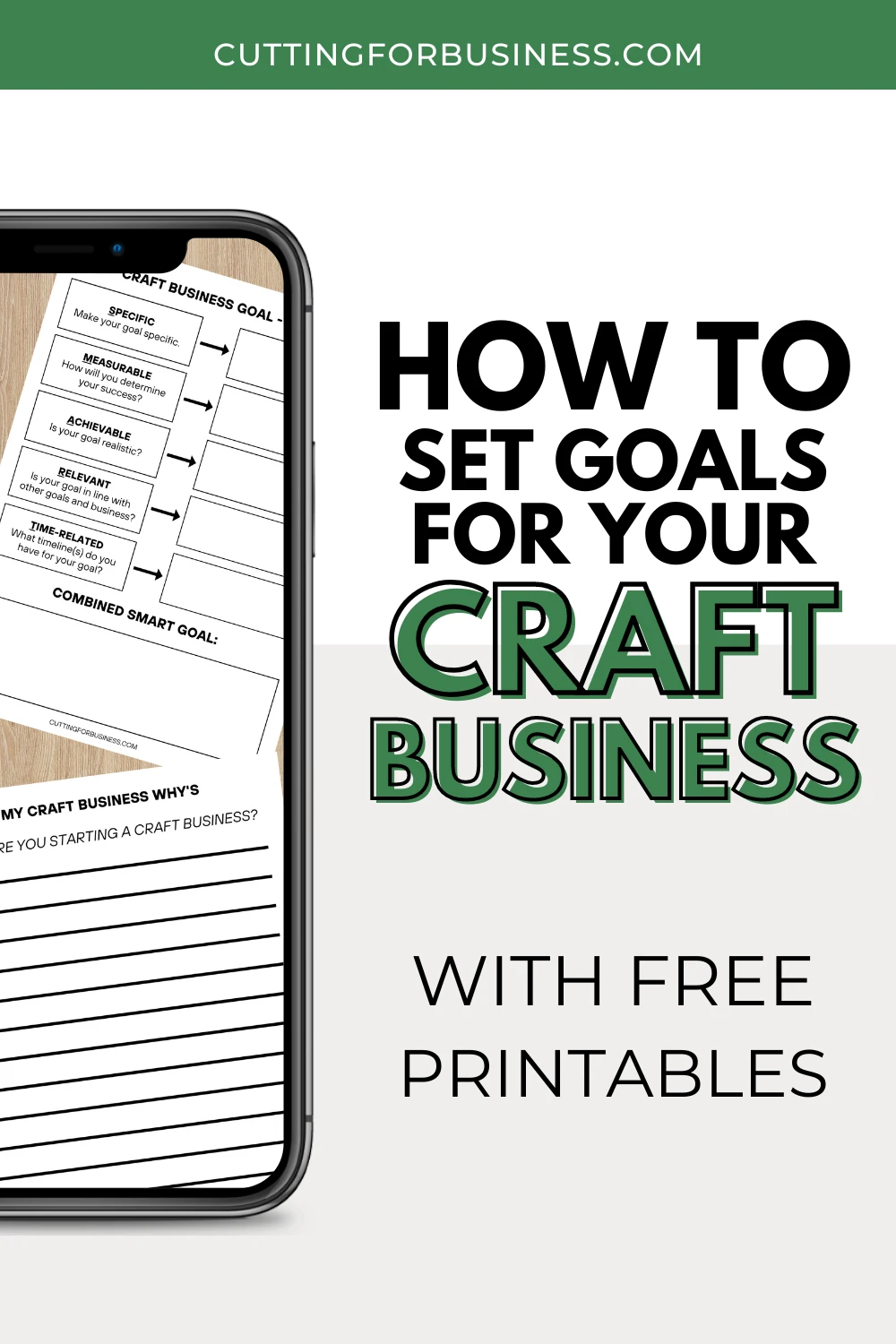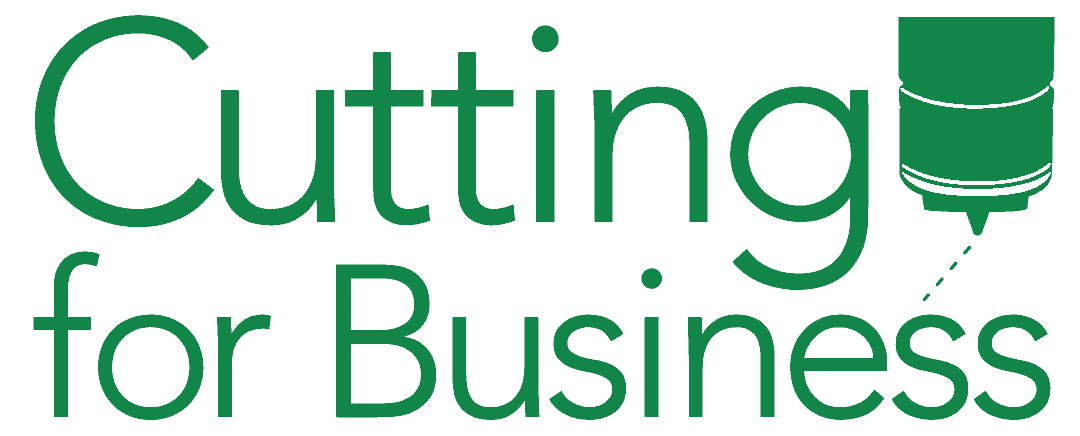Affiliate Disclosure: As an Amazon Associate I earn from qualifying purchases. Additionally, I may get commissions for purchases made through other affiliate links in this post.
Do you want to start a craft business? Great! Today, let’s talk about how to set goals for your craft business – the SMART way.
Before you start writing down goals, you have to understand how to set them.

Table of Contents
What is Your Craft Business Reason Why?
Before I start writing down my goals, I always write down my whys. Why am I doing this? What is the end goal?
Take a few minutes and write down your whys. Here are some ideas to get you started:
- Do you want to make extra money to take your family out for special events?
- Would you like to stockpile money for a large purchase such as a vacation, a new car, or a home?
- Is your household budget tight and you’d like to supplement it?
- Do you have debt and you’d like to pay it down?
- Do you eventually want to quit your full time job or become part time and craft for money?
- Do you just need a creative outlet to relieve stress?
What are SMART Goals?
In 1981, George T. Duran wrote a paper on writing goals for corporate managers. In it, he introduced his SMART method. If you’d like to read it, Temple University has a copy online.
The acronym SMART stands for:
- Specific
- Measurable
AssignableAchievableRealisticRelevant- Time-related
Since 1981, the acronym has evolved and there are several variations of it. One variation substitutes ‘assignable’ with ‘achievable’. Since many craft businesses are run by one person, it makes sense to use this version. Another variation substitutes ‘realistic’ with ‘relevant’. It also makes sense to use this variation because ‘achievable’ and ‘realistic’ become too similar.
The idea with SMART goals is to include each SMART criteria in your goal.
SMART Goals Criteria
Specific. This criteria reminds us to make our goal specific.
- Goal: Expand my craft business to make more money.
- Goal with SMART criteria: Expand my craft business by adding Print on Demand products to make more money.
Measurable. It’s hard to evaluate progress towards a goal without a way to measure it. This SMART criteria tells us to make sure our goals are measurable.
- Goal: Sell Print on Demand products to make more money in my craft business.
- Goal with SMART criteria: Sell $500 worth of Print on Demand products per month for the first three months.
Achievable. Goals must be achievable, and this SMART criteria makes sure our goals can be met. Don’t confuse this with easy, though. Your goal should still challenge you – but be realistic.
- Goal: Add Print on Demand products next month and sell enough to buy a new car in 7 days. (This goal isn’t very realistic – nor achievable for most of us.)
- Goal with SMART criteria: Add 30 Print on Demand products to my craft business within the next 30 days, and sell $500 worth of products in each of the first three months.
Relevant. This SMART criteria reminds us that our goal should be relevant. In this example, a craft business.
- Ask yourself: Does my goal fit in with my other goals and my ultimate vision? In this example, I want to bring up overall sales in my craft business.
- Answer: Yes, to bring up overall sales in my craft business, adding Print on Demand products is relevant.
Time-related. All goals need to have an expiration or timeline. This SMART criteria helps us know when the goal ends.
- Goal: Add Print on Demand products to my craft business.
- Goal with SMART criteria: Add 30 Print on Demand products in the next 30 days, then re-evaluate goal progress at 60, 90, and 120 days.
Combining them all into one SMART goal:
Expand my craft business to make more money by adding Print on Demand products. Introduce Print on Demand by adding 30 Print on Demand products to my store in 30 days with a goal of selling $500 a month for the first three months. Re-evaluate goal progress at 60, 90, and 120 days.
Follow Up on Your Goals
Wait! We aren’t quite done yet. If I can stress anything about writing goals, it is that you have to check in with your goal progress regularly.
You’ll see that in the time-related SMART criteria, I added specific intervals at which to check on my progress. At that point, I can re-evaluate to see what is working and what isn’t.
I find it helpful to keep my goal in front of me as much as possible. I do this by using a simple worksheet I created and hanging it in my workspace.
Free Printable Worksheets
Since 2015, Christine Schinagl has been helping crafters start and run craft businesses through her blog, Cutting for Business. As a Silhouette and Cricut crafter herself, she has a unique take on what works and what doesn’t work in the craft business world. She also enjoys teaching other crafters how to create digital SVG designs, available at through the Design with Me series.
